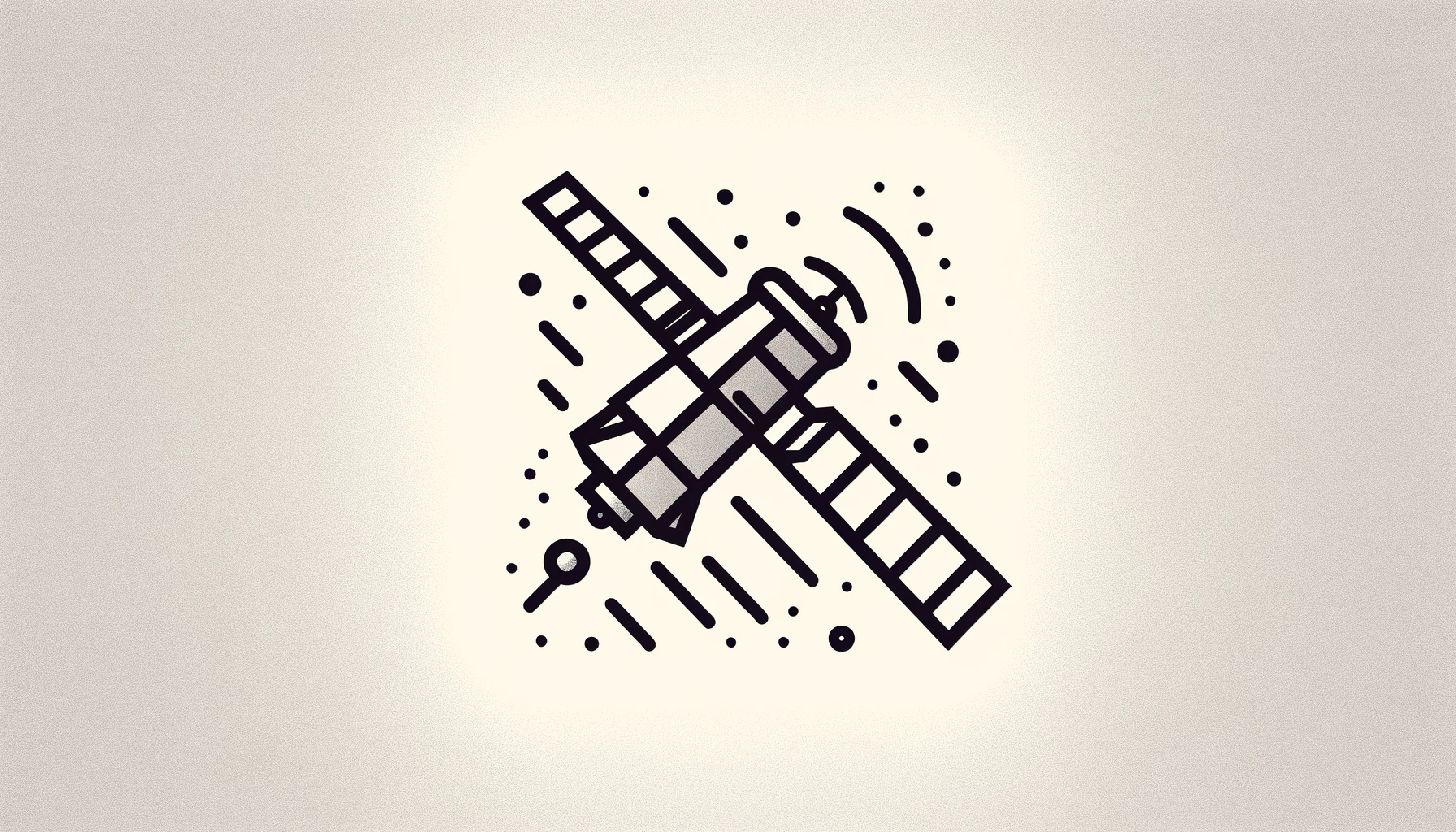The rapid expansion of satellite constellations in low Earth orbit (LEO) presents new security challenges, as the crowded space environment offers opportunities for malicious actors to conceal weaponized or espionage satellites within legitimate fleets. In response to this growing threat, the Defense Advanced Research Projects Agency (DARPA) has partnered with space startup Slingshot Aerospace to create a sophisticated system designed to identify these hidden threats.
The Need for Enhanced Space Security
The burgeoning number of satellites in LEO, driven by the deployment of mega-constellations, is a double-edged sword. While it promises enhanced global connectivity and numerous technological advancements, it also complicates space traffic management and security. DARPA’s initiative to develop a detection tool addresses the increasing risk of adversaries embedding hostile satellites within large constellations, posing significant threats to national security.
Introducing Agatha: The Precognitive Sentinel
Slingshot Aerospace has developed Agatha, an advanced detection system named after a “precog” from the film Minority Report. Agatha’s purpose is to identify satellites with potentially nefarious intentions by analyzing subtle anomalies in their behavior within mega-constellations. This project is part of DARPA’s Predictive Reporting and Enhanced Constellation Objective Guide (PRECOG) program, launched in March 2023 and completed in January 2024.
Slingshot received approximately $1 million for this endeavor, utilizing synthetic constellation data spanning 60 years to train Agatha. The system detects minor deviations in satellite behavior, such as changes in mass affecting station-keeping or unusual communication patterns with Earth, to infer their true operational objectives.
Real-World Applications and Testing
While Agatha was initially trained using simulations, it has been tested against actual satellite constellations, successfully identifying outlier satellites within operators’ existing fleets. This practical validation underscores Agatha’s potential to enhance space domain awareness significantly. The system now integrates data from Slingshot’s Global Sensor Network, its Seradata database, and various other public and proprietary sources.
Agatha’s capability to discern hostile satellites is crucial as nations like China plan to deploy multiple mega-constellations over the next decade. The ability to identify potential threats amidst thousands of satellites ensures better preparedness and response to space-based security challenges.
The Growing Imperative for Automated Detection
The sheer volume of data generated by the exponential growth of satellite activities necessitates advanced analytical tools. As Audrey Schaffer, Slingshot’s VP of strategy and policy, explained, manual assessment of orbital data becomes infeasible with the increasing scale of satellite constellations. Agatha addresses this by automating the detection process, enabling more efficient and accurate identification of potential threats.
From My Perspective
The development of Agatha represents a significant leap forward in space security. From my point of view, the integration of advanced analytics and AI in monitoring satellite behavior is not just innovative but essential. The complexities of modern space operations require tools that can keep pace with technological advancements and the increasing number of satellites.
On the positive side, Agatha provides a proactive approach to space security, enhancing the ability to detect and mitigate threats before they materialize. However, reliance on AI and data analytics also raises questions about the robustness of these systems against sophisticated countermeasures that adversaries might develop. Ensuring the continuous evolution of such tools will be crucial to maintaining their effectiveness.
As I see it, the collaboration between DARPA and Slingshot Aerospace sets a precedent for future public-private partnerships in space security. Agatha’s successful deployment could pave the way for similar initiatives, fostering innovation and reinforcing national defense capabilities in the increasingly contested domain of space.
Conclusion
The launch of Agatha marks a pivotal moment in the quest for enhanced space security. As the number of satellites in LEO continues to rise, the need for sophisticated detection systems like Agatha becomes ever more critical. By leveraging advanced analytics and AI, DARPA and Slingshot Aerospace have developed a tool that not only addresses current security challenges but also sets a foundation for future advancements in space domain awareness.






